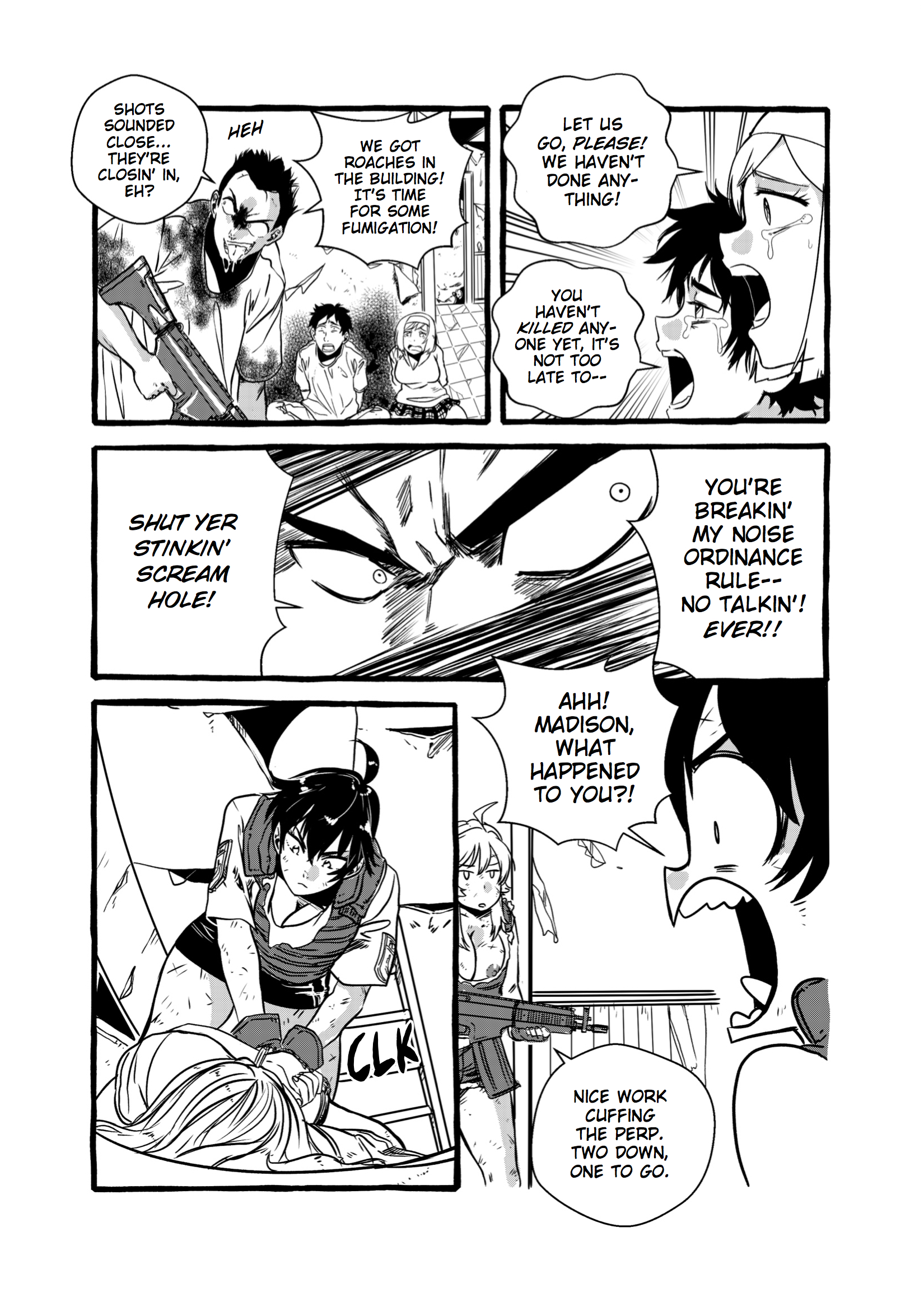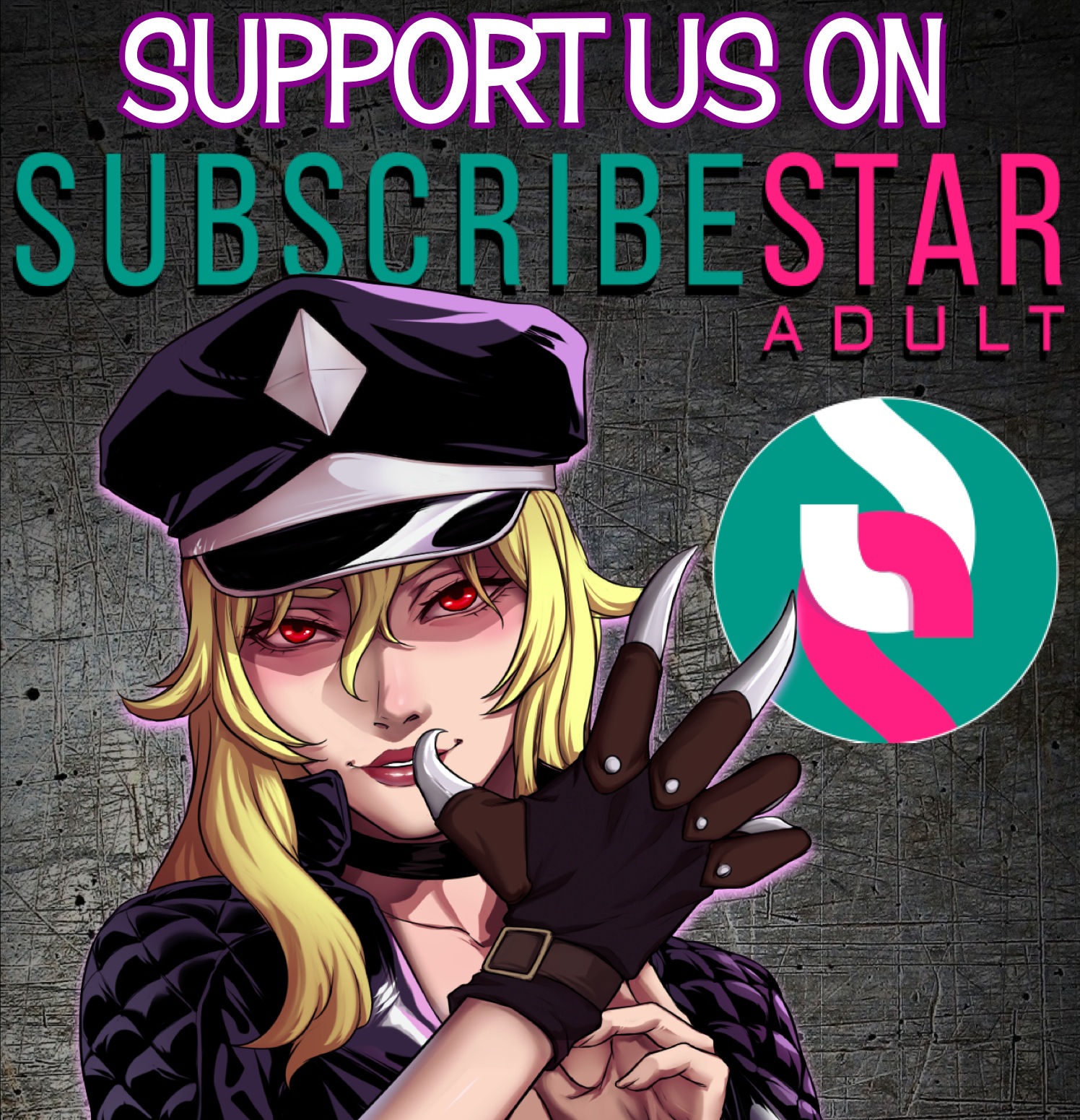Chapter 14, Page 25
The following is an excerpt from Addiction & Prevention Journal, a bi-monthly publication dedicated to exploring the habits that lead to drug addiction and their prevention. [Article originally published one month ago.]
THE PERILS OF AFTERLIFE
Since its arrival in Pallad City, Afterlife has been viewed by many as nothing short of an epidemic. Low-income sectors of the city have been hit hardest, even though reports claim dealers are demanding exorbitantly high prices for the drug, nearly four times the ‘street price’ of Euphoria or Sydust. Whereas Euphoria is typically associated with white-collar abusers, Afterlife has mostly cemented its presence in the city slums. The user’s uncontrolled desire to acquire more Afterlife—usually administered via autoinjector into the arm or neck—has, in turn, fostered a rise in crime, with addicts taking desperate, often illegal actions to pay for the drug. In an effort to get buyers hooked, dealers will entice their customers with free or reduced-priced samples. Most users become addicted to Afterlife after only one dosage, followed by horrific withdrawals if not taken again within 24 hours.
As of yet, little is known about Afterlife or where it originated from. Among the many side-effects most commonly reported are dramatic personality shifts. Individuals who had been described as rational, mild-mannered, and socially well-adjusted, will undergo drastic behavioral changes after taking a single dose of the drug. Along with impaired mental faculties (paranoia, irrationality, exaggerated sense of self-importance), sudden outbursts of violent physical aggression have been recorded. Early testing of Afterlife have shown that it also acts as an accelerated ‘performance-enhancing’ drug, giving users an adrenaline rush which, according to some eyewitnesses, briefly grants the user ‘enhanced strength’. More studies and testing are still underway.
Danger Zone One. Story by Midnight. Art by Tanabata Usagi.






















Reena has proven time and again that she is nothing if not resourceful. I think if Madison had let Reena stay and help her bring down Yakov, the fight would’ve been over far sooner, and maybe Madison wouldn’t have received such a beating. However, I realize I’m talking a lot of “he would have done…” and “she could have done…”. Also, this is an action webcomic, and I think most of us would be disappointed if we didn’t get to see a one-on-one fight between Madison and a giant like Yakov.
I think our gun-toting buddy here took an extra side of crazy with his dose of Afterlife this morning.
I predict that a karma duet will bite his dogma in its nether regions, Real Soon Now™!
How long will it take Reena to gather the courage to mention Madi’s nipples are visible?